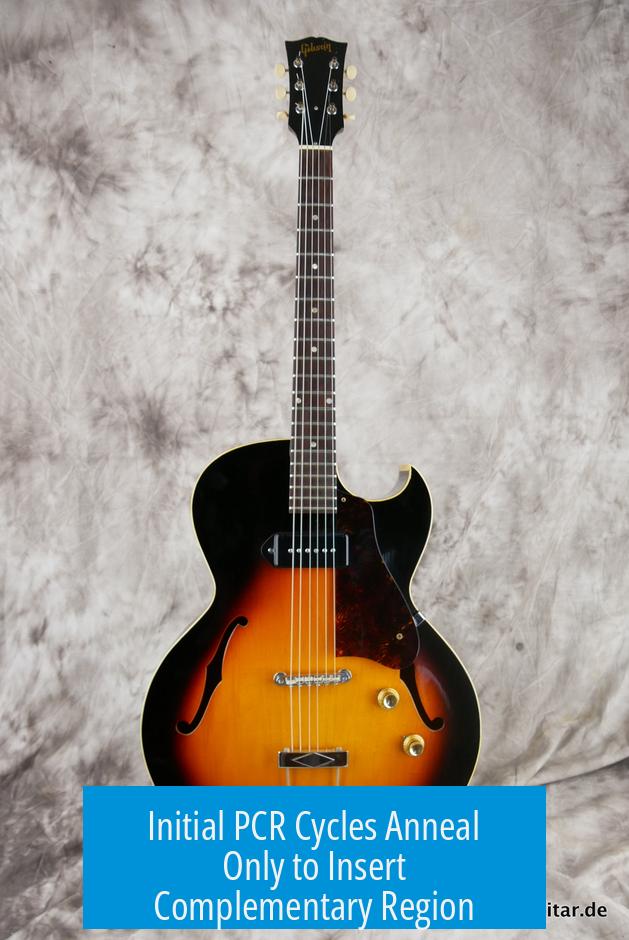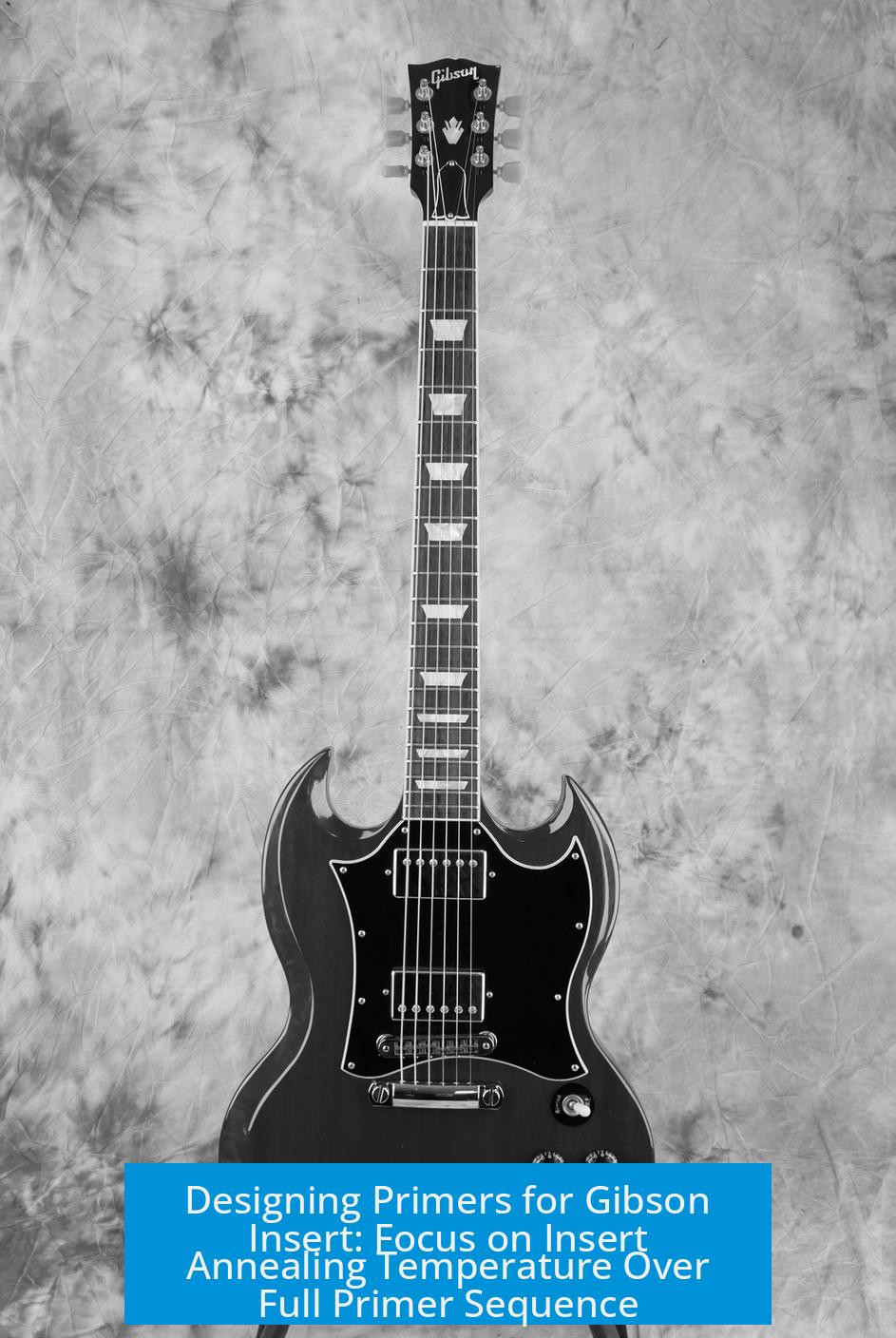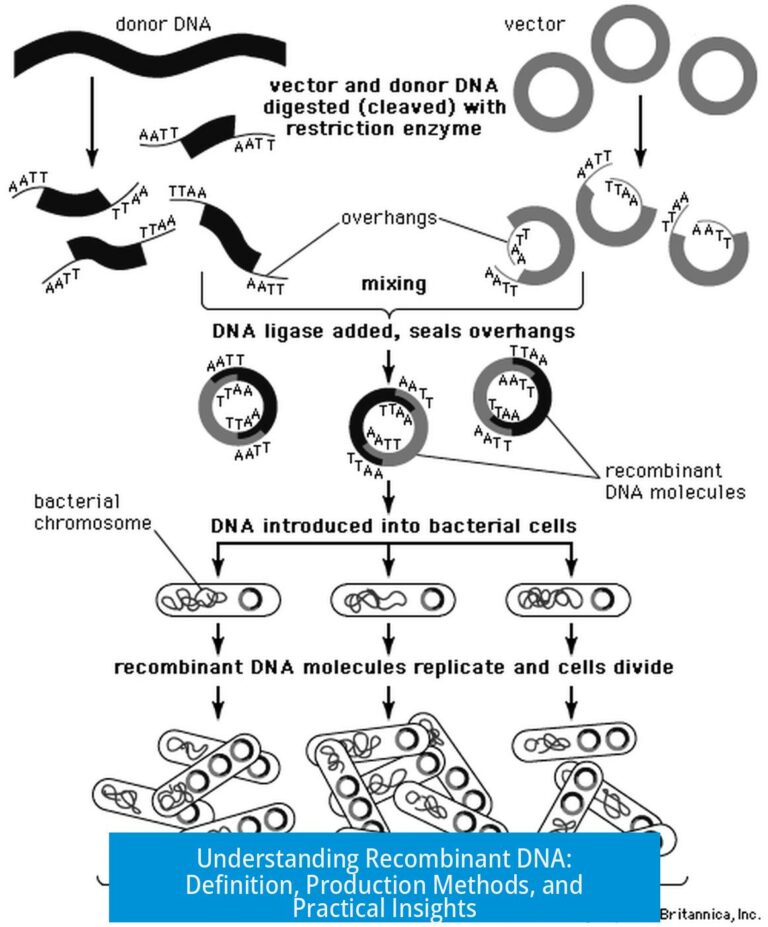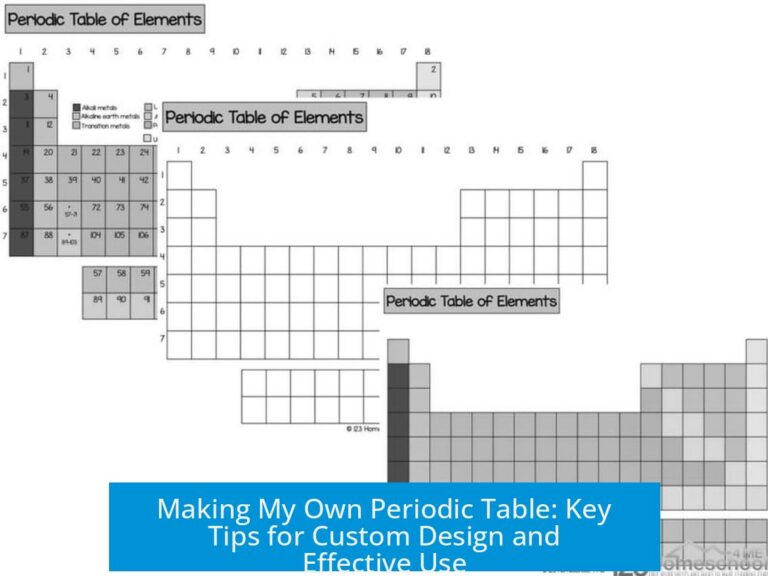Designing Primers for Gibson Insert: Why Use Annealing Temperature of Insert Section Only?

The annealing temperature for Gibson assembly primers is calculated based solely on the insert-complementary region of the primer, excluding the overhang sequence. This is because the overhangs do not hybridize with the template during PCR and thus do not affect the primer’s binding during amplification.
Overhangs Do Not Anneal to Template During PCR
In Gibson assembly primer design, primers have two components: the insert-complementary region and the 5′ overhang, which facilitates recombination but does not bind the template in PCR.
- The overhang is an extra sequence extending beyond the template-binding region.
- During PCR, the overhang has no complementary target on the template.
- Therefore, it does not participate in annealing during the reaction cycles.
Including the overhang in annealing temperature calculations would falsely imply it hybridizes to the template, which is not the case. Only the region that binds the template DNA matters for annealing temperature.
Initial PCR Cycles Anneal Only to Insert Complementary Region

The first PCR cycles depend exclusively on the primer portion complementary to the template. This segment defines the melting temperature (Tm) and the proper annealing temperature.
- Early cycles drive specific binding through the insert-matching region.
- Overhangs remain unpaired initially and become incorporated in later cycles.
- Practically, calculating Tm based solely on the insert region improves reaction success.
Many practitioners omit overhangs when determining annealing temperature and achieve consistent, reproducible amplification.
Subsequent Cycles Tolerate Long Primers with Overhangs
After initial PCR cycles, the extension products generated possess sequences complementary to the entire primer, including overhangs. Thus, later cycles can tolerate and utilize these longer primers.
- The extended primers do not significantly alter annealing behavior during later cycles.
- Primer lengthening rarely requires raising the annealing temperature.
- Lower annealing temperatures still enable strong primer-template binding and reduce nonspecific amplification.
Practical Advice and Rationale

Using only the insert-complementary region to calculate annealing temperature simplifies PCR optimization.
- Overhangs often distort Tm calculations due to their non-hybridizing nature initially.
- High-temperature denaturation steps efficiently melt all template structures.
- Modern primers and high-quality templates limit the need for complex Tm adjustments.
- Failures often relate more to technique than to annealing temperature precision.
Key Takeaways
- Annealing temperature is based only on the primer region that directly binds the template DNA.
- Overhang sequences are excluded because they do not anneal during the initial PCR cycles.
- Initial cycles define primer-template specificity, setting the effective annealing temp.
- Later PCR cycles tolerate overhangs without requiring changes to annealing temperature.
- Simplifying calculations to exclude overhangs leads to reliable amplification for Gibson inserts.
Designing Primers for Gibson Insert: Why Use Annealing Temperature for Insert Section Only?

If you’ve dabbled in molecular cloning, you’ve likely faced the classic primer design conundrum for Gibson Assembly. Specifically, you might wonder, why use the annealing temperature (Tm) for just the insert section of the primer and not the entire primer sequence, which includes the overhang? At first glance, it feels like cheating—ignoring a chunk of your primer when calculating Tm? But there’s method in this madness, and it’s worth unpacking.
Let’s break this down. A typical Gibson insert primer consists of two parts: an insert-binding section that attaches to your DNA template during PCR, and an overhang that doesn’t bind in PCR but enables recombination later. These two parts play very different roles and behave differently during PCR cycles.
Overhangs: The PCR Wallflowers
Here’s the kicker. Overhangs do NOT anneal to your template during PCR. They’re like that extra-long scarf you wear but don’t actually wrap around your neck—purely decorative during the reaction. The overhang contains sequences needed for recombination during Gibson Assembly, but during PCR, it’s practically invisible to the template.
So, if these overhangs don’t participate in binding, including their sequence in Tm calculations is like trying to measure the warmth of your scarf’s tassels instead of the scarf itself. It simply doesn’t tally.
Initial PCR Cycles: Where It All Begins

During the first 5 PCR cycles—arguably the most critical—your primers only bind via the insert section complementary to your template. The overhang is ignored because it has no complementary sequence to latch onto. So, your annealing temperature must reflect the melting temperature of that insert-binding region alone.
Many experts, including those with hundreds of PCRs under their belts, confirm starting with the insert Tm for initial annealing ensures your primers efficiently bind to the target. You might have noticed your PCRs fail when you try to crank up annealing temperatures guided by the full primer length (including overhangs). This happens because the overhang doesn’t stabilize primer-template hybridization—it confuses the temperature calculation.
Subsequent Cycles: Overhangs Join the Party
Once the early cycles finish, the full-length primers now have templates to bind that match the entire primer sequence, including the overhang—which has been incorporated into newly synthesized strands! Now, the overhang can actually anneal to its complementary sequence.
Despite this, increasing the annealing temperature to suit the longer primers doesn’t pay dividends. PCR enzymes typically tolerate longer primers just fine at the preset annealing temperature, without specificity issues. The extra tail doesn’t destabilize bindings at the usual annealing temp and doesn’t significantly cause non-specific interactions.
In simpler terms: your primers are giants with a bit of extra fluff at the end, but the PCR conditions are perfectly chill enough to let them do their job without overheating and messing things up.
Practical Advice: Keep It Simple, Keep It Consistent

| Why Ignore Overhangs in Tm | What It Means for Your PCR |
|---|---|
| Overhangs don’t anneal to initial template | Calculating Tm for only the insert binding site prevents overestimating annealing temp |
| First PCR cycles bind only to insert | Setting annealing temp too high can reduce amplification efficiency |
| Later cycles tolerate full-length primers | Overhang sequences are incorporated but don’t require temp adjustment |
| Tm calculators struggle with long primers | Using insert-only Tm is more reliable and practical |
For simplicity, you should use the annealing temperature derived from the insert-binding portion for the entire PCR reaction. This avoids complications from unreliable Tm calculations caused by bulky overhangs.
Also, remember the high denaturation step in PCR melts even large plasmids or genomes effortlessly. Your primers’ “extra-long” sequences are negligible compared to the template’s complex structure. Thus, worrying about precise Tm adjustments for overhangs in modern PCR setups may be a waste of time.
Worried your PCR isn’t working? It’s likely not due to the annealing temperature calculation, but more about your pipetting, template quality, or primer design basics. In 2024, with high-quality primers and purified templates readily available, primer design savvy matters more.
Why This Matters: Minimize PCR Headaches and Speed Up Cloning
Imagine spending hours tweaking PCR conditions based on inaccurate Tm values. You’d waste time chasing mirages when your primers just need a straightforward annealing temperature.
By focusing on the functional binding region for Tm, you optimize your first PCR cycles—the key to successful amplification. Later cycles naturally accommodate longer primers with overhangs without fuss.
It’s like knowing when to put on your coat or when to leave it off: overthink it, and you get sweaty or cold. Keep it simple, and your PCR stays happy.
Personal Experience: Tried, Tested, Trusted
Speaking from experience, many molecular biologists find that using the insert-only annealing temperature works nearly all the time. Even with hundreds of Gibson Assembly PCRs done, they rarely, if ever, adjust Tm to include overhangs.
This approach isn’t just theory; it’s a proven practice. Your PCR reaction’s first cycles are the gatekeepers, and the insert binding governs their success.
So, next time you sit down to design primers for a Gibson insert, remember: use the annealing temperature of just your insert section, leave the overhang out of the Tm calculation, and let your PCR do the rest.
Parting Thought: Could Ignoring Overhangs Ever Backfire?
Good question. While the general rule works well, always validate your primers experimentally. Occasionally, unusual sequences or secondary structures in the overhang might influence PCR behavior. But in typical Gibson Assembly scenarios, this is a rare exception.
Feel free to experiment with annealing temps if your reactions persistently fail, but start with the insert Tm. It’s the best balance between science and sanity.
Happy cloning!
Why is the annealing temperature calculated only for the insert section of the primer?
The overhang part doesn’t bind to the template during PCR. Only the insert section anneals to the target DNA, so the annealing temperature reflects that specific binding region.
Can the full primer sequence, including overhangs, affect PCR success?
In later PCR cycles, long primers with overhangs do anneal, but they don’t require a higher annealing temperature. The initial cycles set the main specificity by binding only the insert section.
Why not use the annealing temperature for the whole primer throughout the PCR?
Using the lower temperature for the insert section simplifies the process and still works effectively. The first cycles determine specificity, and later cycles tolerate the full primer without issues.
Does ignoring the overhang in Tm calculation affect PCR results?
It rarely causes problems. The initial annealing to the insert region is the key step, and subsequent cycles do not demand precise higher temps. Mistakes often come from other factors, not the Tm.
Is it necessary to adjust the annealing temperature after the first few PCR cycles?
No adjustment is typically needed. The initial cycles use the insert Tm, and later cycles will proceed fine even with the full primer. The reaction self-corrects as amplicons increase.





Leave a Comment